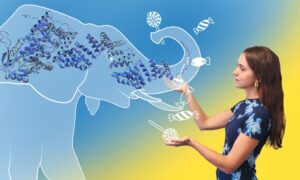
Cute molecules and the scientists who adore them: Sofia Rucli
People & Perspectives Sofia Rucli, postdoc at EMBL Rome, talks about her relationship with the protein OGT, a molecular ‘candy man’ of the cell.
2024
people-perspectives

People & Perspectives Sofia Rucli, postdoc at EMBL Rome, talks about her relationship with the protein OGT, a molecular ‘candy man’ of the cell.
2024
people-perspectives
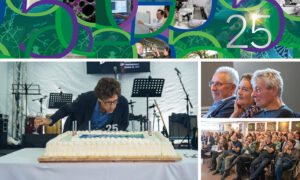
Lab Matters EMBL Rome celebrates its 25th anniversary this year – some impressions of the symposium and party organised for staff and alumni to mark this special occasion.
2024
lab-matters
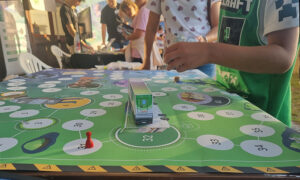
Lab Matters EMBL Rome volunteers participated in the European Researchers’ Night organised by the CNR in Montelibretti, attended by over 1,500 visitors. They prepared activities and games reflecting the wide variety of projects conducted at the site and across EMBL.
2024
lab-matters
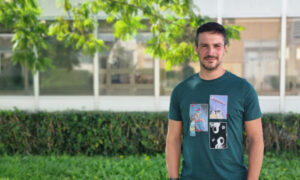
People & Perspectives Daniele Ancora is an ARISE fellow in the Light Imaging Facility at EMBL Rome. With a background in theoretical physics, he develops algorithms to improve image-based omics technologies. Learn about his interdisciplinary training and his little ‘obsessions’.
2024
people-perspectives
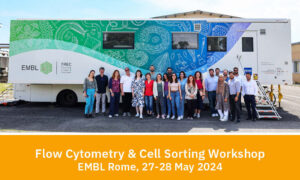
Connections A scientific workshop on flow cytometry was organised at EMBL Rome, taking advantage of the presence of the Advanced Mobile Laboratory, the biggest unit of EMBL’s mobile lab fleet.
2024
connections
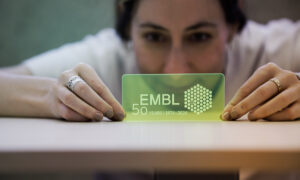
Lab Matters What makes EMBL unique? Among many things, it’s the infinite curiosity of its community.
2024
lab-matters
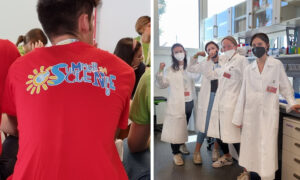
Connections At EMBL Rome, an immersive youth training programme is dedicated to, but also inspired by, alumnus Riccardo Cortese, thanks to private donors.
2024
connections
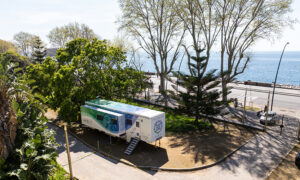
Connections For almost two months, Italy was the stage for the TREC expedition, with a rich programme of events organised across the country attended by the public, scientists, schools, and high-level political stakeholders, including Minister of University and Research Anna Maria Bernini.
2024
connections

Science & Technology A study from the Hackett group at EMBL Rome led to the development of an epigenetic editing system that allows to precisely program chromatin modifications at any specific position in the genome, to understand their causal role in transcription regulation.
2024
science-technology
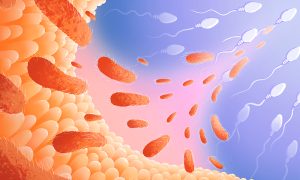
Science & Technology Scientists from EMBL Rome and EMBL Heidelberg found that disrupting the gut microbiome of male mice increases the risk of disease in their offspring. Their findings suggest that a father’s pre-conception environment can have lifelong effects on offspring.
2024
science-technology
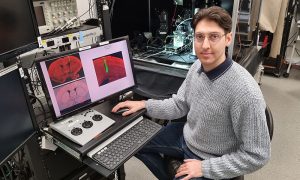
Lab MattersPeople & Perspectives Diego Benusiglio, ETPOD postdoc in the Asari group at EMBL Rome, talks about his peculiar postdoctoral programme and his passion for science and Swing music
2024
lab-matterspeople-perspectives

Science & Technology A new study from the Asari group at EMBL Rome shows a different retinal function in awake mice compared to isolated retinal samples. These new insights could help to develop prosthetic devices that can act as a retina in the future.
2023
sciencescience-technology

Lab MattersPeople & Perspectives Gerald Pfister, Head of the Flow Cytometry Facility at EMBL Rome, talks about his private and professional passions and a return to his roots as part of the TREC project.
2023
lab-matterspeople-perspectives
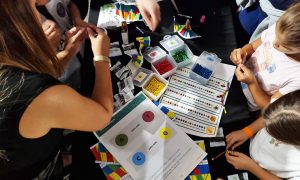
Lab Matters EMBL Rome celebrated the European Researchers’ Night by participating in an event organised at the CNR Campus in Montelibretti.
2023
lab-matters

Lab MattersPeople & Perspectives Emerald Perlas, Head of the Histology Facility, talks about his experience in supporting multidisciplinary research at EMBL Rome and keeping up with technological advances.
2023
lab-matterspeople-perspectives
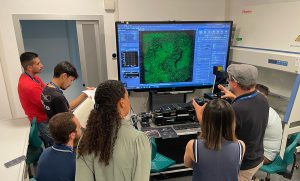
Lab MattersScience & Technology The first EMBO Practical Course on imaging-based spatial-omics was organised at EMBL Rome to explore the latest techniques to visualise RNA transcripts and proteins in their native tissues.
2023
lab-mattersscience-technology

People & Perspectives EMBL Rome alumna Urtė Neniškytė returned to her native Lithuania, helping establish the Vilnius University-EMBL Partnership Institute and advance genome-editing technologies there.
2023
alumnipeople-perspectives
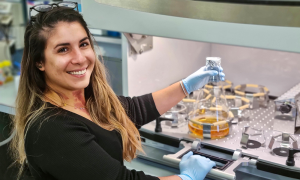
Lab MattersPeople & Perspectives Adriana Castillo Caballero talks about her curiosity-driven career, the importance of the people in her life, and her dreams for the future
2023
lab-matterspeople-perspectives
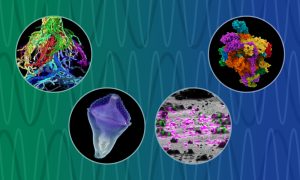
ConnectionsLab Matters EMBL researchers and collaborators have begun an impactful innovation-development journey, thanks to a European Commission ‘IMAGINE’ grant.
2023
connectionslab-matters
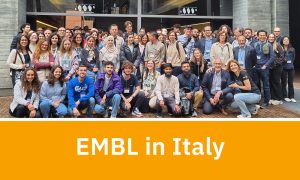
Connections The annual meeting organised by Italian EMBL alumni was held in Turin on 18-19 May, hosted by the University of Turin and the University of Piemonte Orientale (UPO)
2023
alumniconnections
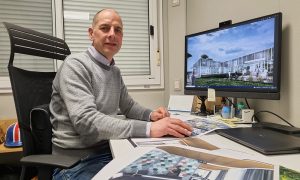
Lab MattersPeople & Perspectives Timothy Shayers talks about his role in overseeing the renovation works at EMBL Rome, his past experiences around the world, and his personal passions.
2023
lab-matterspeople-perspectives
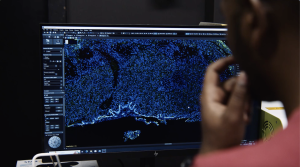
EMBLetc Scientists at EMBL Rome are developing new paradigms to study the impact of diverse environmental factors on reproduction in mammals and disease risk in their progeny.
2023

EMBL AnnouncementsLab Matters Interim head of EMBL Rome Cornelius Gross has been awarded an Advanced grant from the European Research Council (ERC) for his project TERRITORY, aimed at investigating the neural basis of territorial aggression and fear.
2023
embl-announcementslab-matters
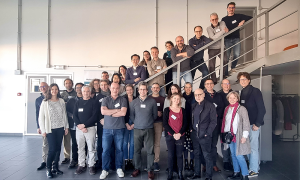
ConnectionsLab Matters Scientists from EMBL and its French academic partners gathered at EMBL Rome for a workshop to foster collaboration and advance research in neuroscience.
2023
connectionslab-matters

EMBL AnnouncementsLab Matters EMBL Rome group leader Jamie Hackett receives EUR 2 million for the ModLogic project, aimed at understanding how chromatin modifications impact gene activity.
2023
embl-announcementslab-matters
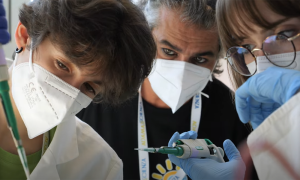
Lab Matters 20 secondary school students from all over Italy participated in the fourth edition of Summer in Science at EMBL Rome.
2022
lab-matters
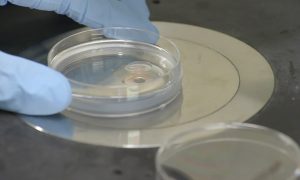
Lab MattersScience & Technology The GEEF facility at EMBL Rome supports scientists worldwide with scientific expertise and state-of-the-art gene editing technologies.
2022
lab-mattersscience-technology

EMBL AnnouncementsLab Matters Cornelius Gross, Miki Ebisuya and Nassos Typas join EMBO, the prestigious organisation for the life sciences.
2022
embl-announcementslab-matters
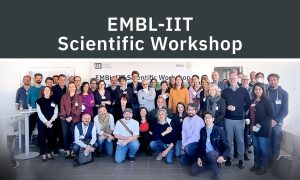
ConnectionsLab Matters EMBL and IIT scientists met in person at EMBL Rome to strengthen their collaboration and explore new opportunities for scientific exchange
2022
connectionslab-matters
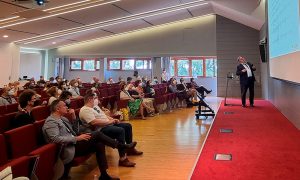
Connections The GSK Vaccines site in Siena hosted the annual EMBL in Italy event. The hybrid meeting brought together industry leaders, representatives from biotech start-ups, data scientists, and researchers from academia.
2022
alumniconnections
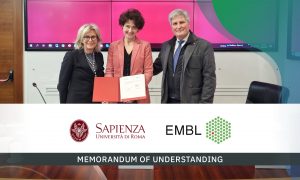
ConnectionsLab Matters EMBL and the Sapienza University of Rome confirm their reciprocal interest in intensifying collaborations and launch new opportunities for exchange of expertise
2022
connectionslab-matters
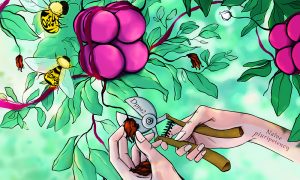
Science & Technology Recent studies from the Hackett group at EMBL Rome have revealed new insights on the mechanism regulating transmission of non-genetic information during embryonic development, and inspired a scientific illustration
2022
sciencescience-technology
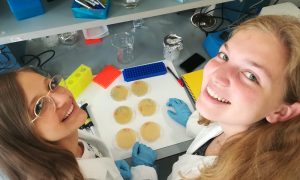
Lab Matters After a two-year break, the summer school organised by Adamas Scienza and EMBL in collaboration with CNR is back. It will take place at the International Research Campus of Monterotondo (Rome) from 13 to 24 June 2022.
2022
lab-matters
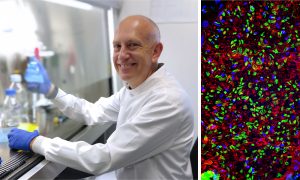
Lab MattersScience & Technology Experiences at EMBL Rome led former group leader to establish his start-up in Italy, developing a new generation of gene therapies.
2022
alumnilab-mattersscience-technologytechnology-and-innovation
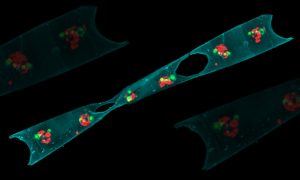
Lab MattersScience & Technology A technology around since the ‘60s, flow cytometry has increasing applications. New leadership at EMBL’s flow cytometry facilities is looking to ease use, expand training, and encourage more collaboration.
2021
lab-mattersscience-technology
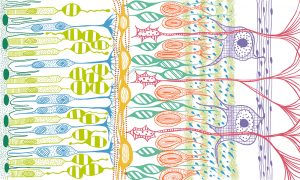
Science & Technology EMBL scientists have found evidence of an unexpected role for retinal cells in pre-processing visual information; their results provide potential opportunity for future prosthetic visual aids.
2021
research-highlightssciencescience-technology
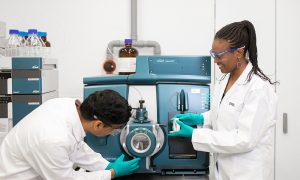
Lab Matters EMBL is conducting an Impact Assessment of our experimental services to understand the value these services have for our external user community. If you have accessed EMBL experimental services at one or more of our facilities to support the conduct of your research, we would like to hear from you.
2021
lab-matters
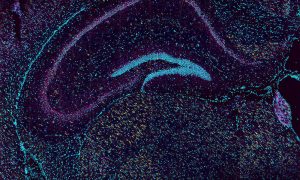
Science & Technology At EMBL, we have many dream teams – groups of individuals who support each other, innovate, and work together. One of those dream teams bridges two core facilities at EMBL Rome.
2021
picture-of-the-weekscience-technology
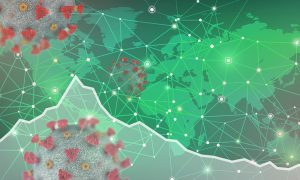
Connections EMBL’s most recent Science and Society seminar explored how best to harness big data to address multi-faceted issues of a pandemic.
2021
connectionsevents
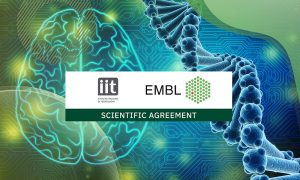
ConnectionsLab Matters The European Molecular Biology Laboratory and the Italian Institute of Technology have signed an agreement to expand the scope of their collaboration to include areas of mutual interest and in the context of EMBL’s 2022-2026 Programme “Molecules to Ecosystems”.
2021
connectionslab-matters

Lab MattersPeople & Perspectives The new group leader at EMBL Rome will study how embryos can inherit non-genetic information from their parents that causes stable and heritable effects
2021
lab-matterspeople-perspectives
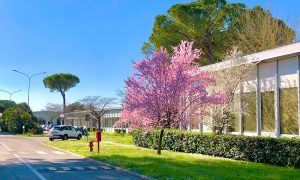
Lab Matters EMBL’s site in Monterotondo has recently been blessed with blue skies and sunshine, leading to trees blooming early on campus.
2021
lab-matterspicture-of-the-week
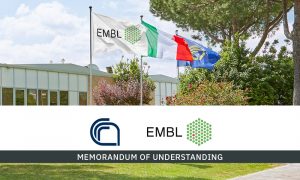
ConnectionsLab Matters EMBL and CNR have signed a memorandum of understanding to strengthen scientific cooperation. The agreement will foster collaborative projects and integrate them within the European and global scientific landscape.
2021
connectionslab-matters
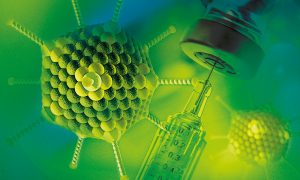
Science & Technology The story of a life-long friendship and a professional partnership that sowed the seeds for a ground-breaking vaccine technology.
2020
alumniscience-technology

Science & Technology Researchers in the Gross group at EMBL Rome have investigated the mechanism behind defensive behaviour in mice. They have identified a specific area of the brain that encodes both spatial and threat cues to drive location-specific defensive responses.
2020
sciencescience-technology

Lab MattersScience & Technology Research facilities play a crucial role in the advancement of science by supporting scientists with specialised expertise and state-of-the-art equipment. The Microscopy Facility at EMBL Rome exemplifies this role by making a wide variety of light microscopy technologies available to its researchers…
2020
lab-mattersscience-technology
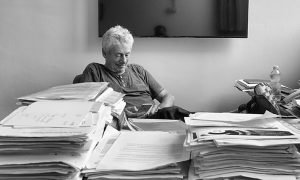
Lab MattersPeople & Perspectives As he enters retirement, Head of EMBL Rome Phil Avner reflects on his scientific career and memories from his time as Head of EMBL’s site in Italy
2020
lab-matterspeople-perspectives
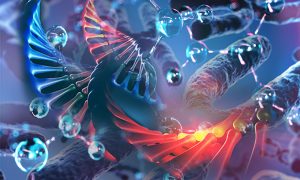
Science & Technology A study conducted by the Hackett group at EMBL Rome has identified key factors controlling the complex system of gene regulation during early embryo development, shedding new light on the mechanisms behind these events and on their evolutionary implications. Their findings are published in Nature…
2020
sciencescience-technology
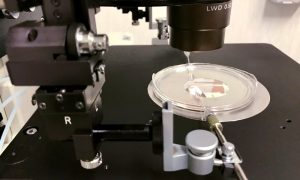
Science & Technology To study how SARS-CoV-2 infects cells, the Gene Editing and Embryology Facility (GEEF) at EMBL Rome will generate mice that express a human version of a protein called ACE2. The mouse line will be shared with preclinical research collaborators carrying out vaccine and antibody trials, and with the…
2020
sciencescience-technology
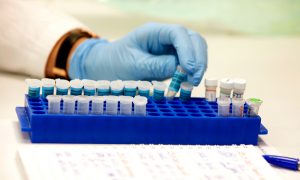
Science & Technology EMBL scientists develop a new molecular tool to prevent SARS-CoV-2 infection in mice. This tool is able to cause targeted epigenetic modifications of specific genes in specific cell populations. They will use it in mice to target airway cells that express the ACE2 protein – the receptor that…
2020
sciencescience-technology
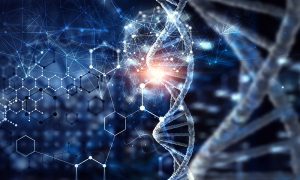
Science & Technology Scientists at EMBL Rome unveil the mechanism behind the most studied epigenetic modification.
2020
sciencescience-technology
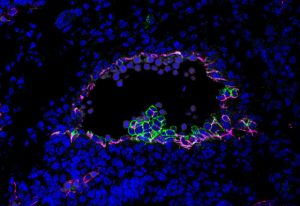
Science & Technology Morgan Oatley and her colleagues in Christophe Lancrin’s group investigated how haematopoietic stem cells emerge from the endothelium in developing mouse embryos.
2020
picture-of-the-weekscience-technology
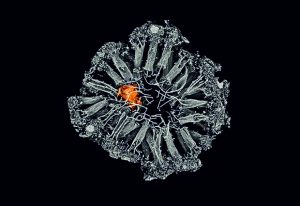
Science & Technology Exploring the diverse routes by which EMBL scientists are driving forward neurobiology
2019
sciencescience-technology
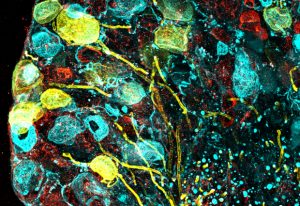
Science & Technology Traditionally, we talk about having five senses: sight, hearing, taste, smell and touch. In reality, our bodies are capable of much more. Sitting right under our skin are a variety of sensory neurons, which are specialised in detecting light touch, pain, temperature, itch or the body’s position.…
2019
picture-of-the-weekscience-technology

People & Perspectives Nadia Rosenthal describes how she built EMBL Rome’s mouse house
2019
alumnipeople-perspectives
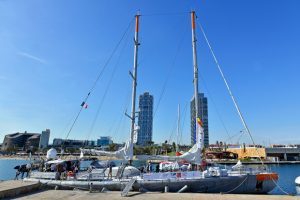
EMBL Announcements Highlights from the Tara stopovers in Rome, Marseille, and Barcelona
2019
embl-announcementsevents

EMBL Announcements The next stop on Tara’s journey will be at the mouth of the Tiber
2019
embl-announcementsevents

People & Perspectives Klaus Rajewsky recalls the pioneering spirit of EMBL Rome’s first years
2019
alumnipeople-perspectives
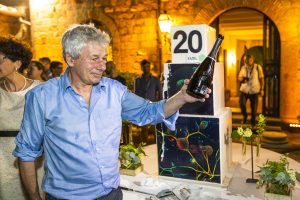
Friends old and new mark the occasion in style
2019
announcementsevents
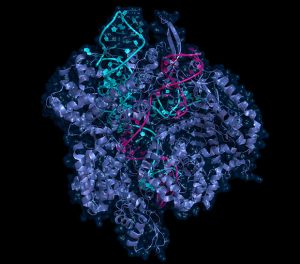
Science & Technology What CRISPR may bring for the future of biology, and how it is used at EMBL
2019
sciencescience-technology
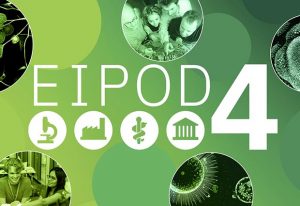
EMBL AnnouncementsLab Matters EIPOD4 will prepare researchers for the increasing interdisciplinarity of scientific career paths
2019
embl-announcementslab-matters
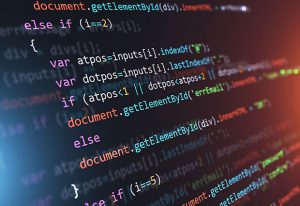
Lab Matters Overwhelmed as a biologist getting to grips with computer programming? EMBLers are here to help!
2019
lab-matters

People & Perspectives New EMBL group leader explores what neurobiology can teach us about what it means to be human
2019
people-perspectivesscience

Lab MattersPeople & Perspectives On January 1 2019, Edith Heard takes up the position of EMBL’s Director General
2019
lab-matterspeople-perspectives
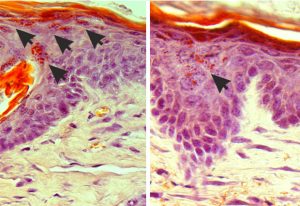
Science & Technology EMBL researchers have found a way to stop itch with light in mice
2018
sciencescience-technology
Science & Technology How embryonic stem cells develop into the germ line
2018
sciencescience-technology
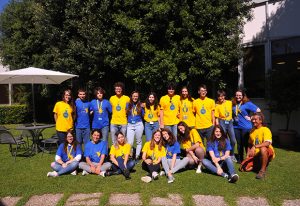
Lab Matters EMBL Rome opens its labs for students to get their first real taste of science
2018
eventslab-matters
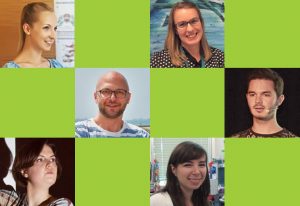
Lab MattersPeople & Perspectives Discover how EMBLers across all sites share their passion for science
2018
lab-matterspeople-perspectives

People & Perspectives More than 80 attendees gathered at the EMBL in Italy event at the FIRC Institute of Molecular Oncology (IFOM) in Milan
2018
alumnipeople-perspectives
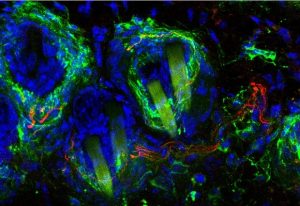
Science & Technology Scientists at EMBL Rome develop new method that uses light to manage neuropathic pain in mice
2018
sciencescience-technology
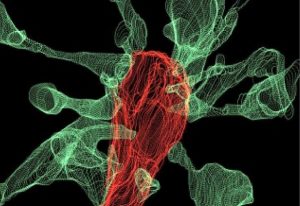
Science & Technology For the first time, EMBL Rome researchers have captured microglia nibbling on brain synapses on film.
2018
sciencescience-technology
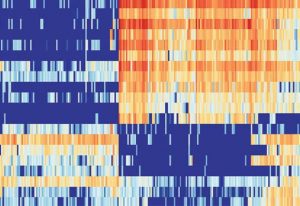
Science & Technology EMBL scientists discover how blood vessel cells become blood stem cells during embryonic development
2018
sciencescience-technology

Lab MattersPeople & Perspectives Discover the past lives and journeys that brought people to EMBL
2018
lab-matterspeople-perspectives
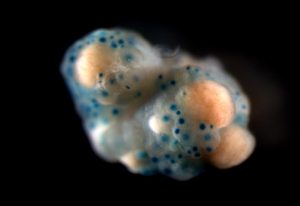
People & Perspectives New EMBL group leader investigates the mystery of heritable gene silencing
2018
people-perspectivesscience

Lab Matters A look back at some of the most read stories on EMBL’s news website this year
2017
lab-matters
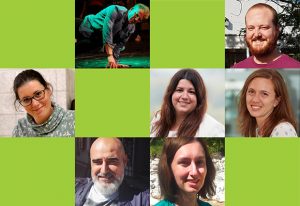
Lab Matters EMBLers across all sites share how their curiosity about the world shapes their everyday life
2017
lab-matters
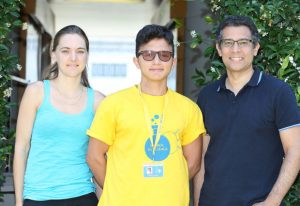
Lab Matters School student Andrea Totaro and EMBL group leader Christophe Lancrin reflect
2017
lab-matters
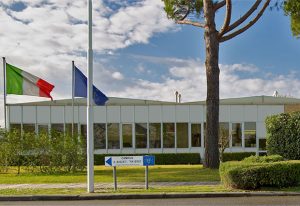
EMBL AnnouncementsLab Matters EMBL’s unit in Italy changes name to better reflect new research focuses and highlight its location
2017
embl-announcementslab-matters
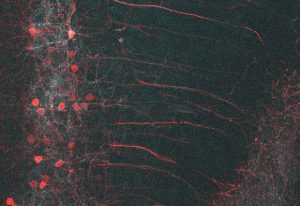
Science & Technology EMBL’s Cornelius Gross wants to understand fear responses and the brain circuitry that governs them
2017
sciencescience-technology

Science & Technology EMBL’s Hiroki Asari investigates how our internal state can change the way our eyes work
2017
sciencescience-technology

Lab MattersPeople & Perspectives People across EMBL’s sites reflect on the ways they perceive their world
2017
lab-matterspeople-perspectives
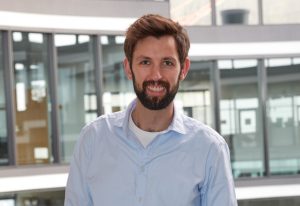
People & Perspectives Meet Monterotondo’s new group leader for epigenetic reprogramming and inheritance, Jamie Hackett
2017
people-perspectivesscience
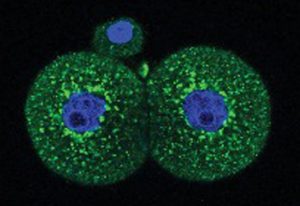
Science & Technology EMBL scientists detect important function of genetic sequence our ancestors assimilated from a virus
2017
sciencescience-technology
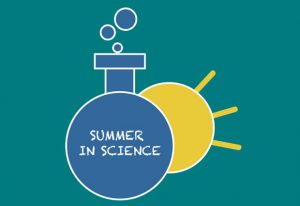
Lab Matters Call for applications for school students to join ‘Summer in Science’ in Monterotondo
2017
lab-matters
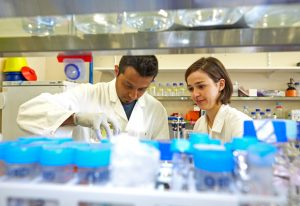
ConnectionsLab Matters EMBL’s Monterotondo site strengthens links with the Italian scientific community
2017
connectionslab-matters
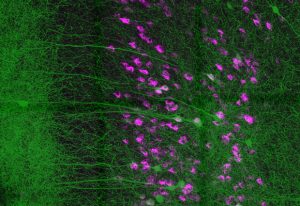
Science & Technology EMBL scientists find out how the prefrontal cortex puts a break on instinctive behaviours
2017
sciencescience-technology
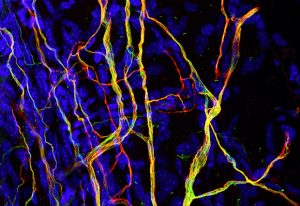
Science & Technology Research on the effect of nerve cell stiffness on sensitivity to touch could lead to new painkillers
2016
sciencescience-technology
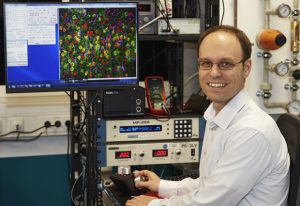
People & Perspectives Robert Prevedel develops deep-tissue microscopy for scientists to peer deep inside living organisms
2016
people-perspectivesscience

Lab MattersPeople & Perspectives Turning the spotlight on the diverse universe of EMBL’s 200-strong postdoc community
2016
lab-matterspeople-perspectives
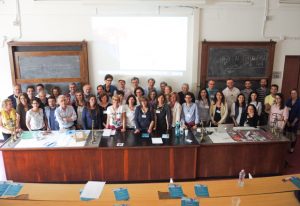
Connections Marco Tripoldi and Valeria Carola join colleagues and peers at gathering of Italy-based alumni
2016
alumniconnections

Science & Technology A perfect match: behaviourist Takefumi Kikusui visits the Gross group to explore animal attraction
2016
sciencescience-technology

People & Perspectives Why does a cookie look different depending on how hungry you are? Neuroscientist Asari wants to find out
2016
people-perspectivesscience
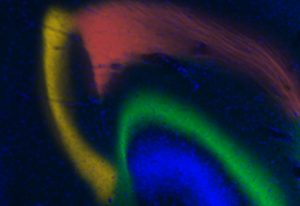
Science & Technology Neural mechanisms in mouse brains indicate that we actively forget as we learn
2016
sciencescience-technology
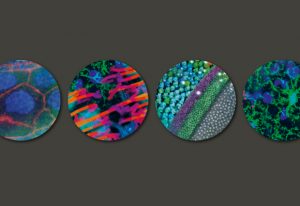
Connections With 28 conferences and 57 courses, 2016 will be EMBL’s most eventful year to date.
2015
connectionsevents

Lab MattersPeople & Perspectives Compelling short stories that shine light on the life and work of EMBL staff.
2015
lab-matterspeople-perspectives

People & Perspectives Alumnus Thomas Vaccari reflects on the first joint symposium with EMBL Monterotondo, in Milan.
2015
eventspeople-perspectives

ConnectionsLab Matters Maria Kamber, who heads the mouse facility, ensures “dignity, compassion and respect” for her charges.
2015
connectionslab-matters
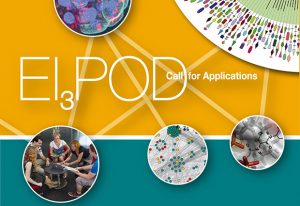
EMBL AnnouncementsLab Matters EI3POD: flagship interdisciplinary postdoc programme opens its doors to academia and industry.
2015
embl-announcementslab-matters

Lab Matters EMBL’s new open access policy aims to make EMBL research widely and freely accessible.
2015
lab-matters
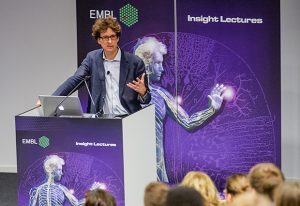
EMBL Insight Lecture – Why do we do what we do? – now available to view online.
2015
events

Science & Technology From using light to control brain activity to illuminating fruit fly development and mice’s sense of touch
2015
sciencescience-technology
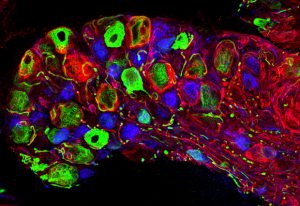
Science & Technology Unprecedented detail in images of mouse neurons thanks to new SNAP-tagging microscopy technique.
2014
sciencescience-technology
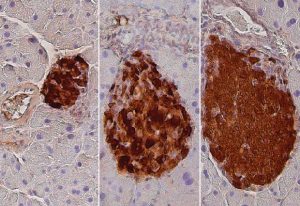
Science & Technology Growth factor IGF-1 boosts natural defence against type-1 diabetes and multiple sclerosis
2014
sciencescience-technology
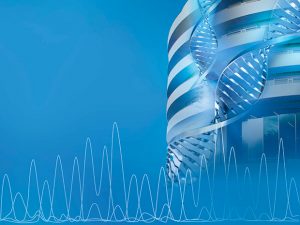
Lab Matters "Thank you, EMBL, for changing my life" – reunion celebrates great science and great scientists
2014
alumnilab-matters
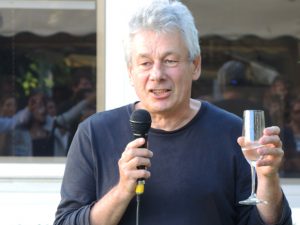
Lab Matters EMBL Monterotondo celebrates double anniversary with fun, fireworks, festa and familiar faces
2014
alumnilab-matters

Lab Matters As the Lab turns 40, staff and alumni share 40 things that make EMBL, EMBL
2014
lab-matters
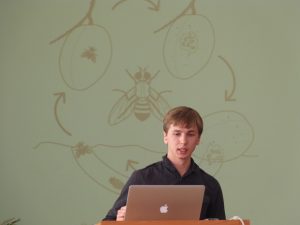
Lab Matters School ambassadors show next generation that scientists are more ‘role model’ than ‘mad professor’
2014
lab-matters
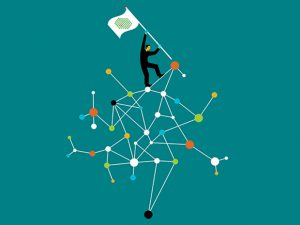
Lab Matters As the Lab turns 40, staff and alumni share 40 things that make EMBL, EMBL
2014
lab-matters

Lab Matters Scientists from EMBL's five sites reflect on the opportunities and challenges that might lie ahead
2014
lab-matters
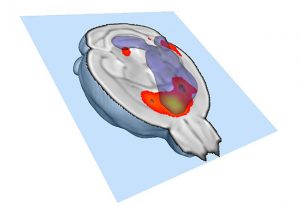
Science & Technology In many people with autism and other neurodevelopmental disorders, different parts of the brain don’t talk to each other very well. Scientists have now identified, for the first time, a way in which this decreased functional connectivity can come about. In a study published online today…
2014
sciencescience-technology
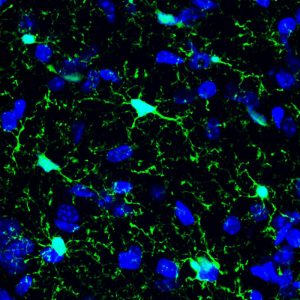
Science & Technology Gardeners know that some trees require regular pruning: some of their branches have to be cut so that others can grow stronger. The same is true of the developing brain: cells called microglia prune the connections between neurons, shaping how the brain is wired, scientists at the European…
2011
sciencescience-technology
Science & Technology Fear can make you run, it can make you fight, and it can glue you to the spot. Scientists at the European Molecular Biology Laboratory (EMBL) in Monterotondo, Italy and GlaxoSmithKline in Verona, Italy, have identified not only the part of the brain but the specific type of neurons that determine…
2010
sciencescience-technology
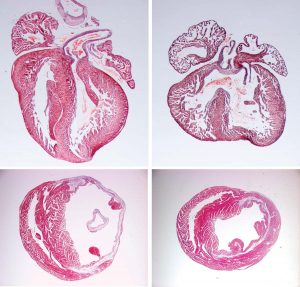
Science & Technology Almost a century after it was discovered in fruit flies with notches in their wings, the Notch signalling pathway may come to play an important role in the recovery from heart attacks. In a study published today in Circulation Research, scientists at the European Molecular Biology Laboratory (EMBL)…
2009
sciencescience-technology
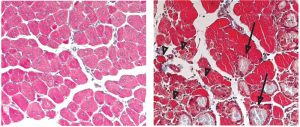
Science & Technology For scientists at the European Molecular Biology Laboratory (EMBL) in Monterotondo, Italy, what seemed like a disappointing result turned out to be an important discovery. Their findings, published online this week in the journal Proceedings of the National Academy of Sciences (PNAS), provide…
2009
sciencescience-technology

Lab Matters Mice are one of biology’s most important model organisms, because 98% of their genes and many of their traits and diseases are similar to ours. Researchers at the Mouse Biology Unit of the European Molecular Biology Laboratory (EMBL) take advantage of these similarities and use mice to study…
2009
lab-matters
No matching posts found
Looking for past print editions of EMBLetc.? Browse our archive, going back 20 years.
EMBLetc. archive